Contrasts in Architecture
Introduction
Architecture, as a discipline, is a manifestation of the human ability to construct spaces that serve functional, aesthetic, and symbolic purposes. The contrasts in architecture are a reflection of the diverse cultural, historical, and technological contexts in which these structures are conceived and built. This article delves into the various contrasts that exist in architecture, from the differences in architectural styles and materials to the contrasts in form and function.
Architectural Styles
Architectural styles represent the methodology and aesthetics of architecture in different periods and regions. They are characterized by distinct features in form, material, and decoration. The contrasts in architectural styles are often a reflection of the socio-cultural and historical contexts of their time.
Classical Architecture
Classical architecture, originating from the ancient Greeks and Romans, is characterized by symmetry, proportion, and a strict adherence to a set of canonical rules. It is often associated with grandeur and permanence, with structures like the Parthenon and the Colosseum exemplifying this style.
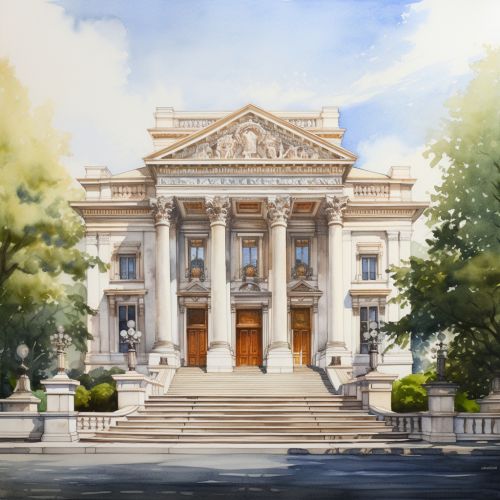

Modern Architecture
In contrast, modern architecture, emerging in the late 19th century, rejects the ornate details and rigid rules of classical architecture. It embraces new materials like steel, glass, and concrete, and values function over form. Buildings like the Villa Savoye and the Seagram Building are iconic examples of this style.


Materials in Architecture
The choice of materials in architecture significantly influences the aesthetics and functionality of a building. The contrast in materials often reflects the technological advancements and the availability of resources in different periods and regions.
Stone Architecture
Stone architecture, one of the oldest forms of architecture, is characterized by its durability and natural beauty. It is often associated with monumental structures like the Pyramids of Giza and the Stonehenge.
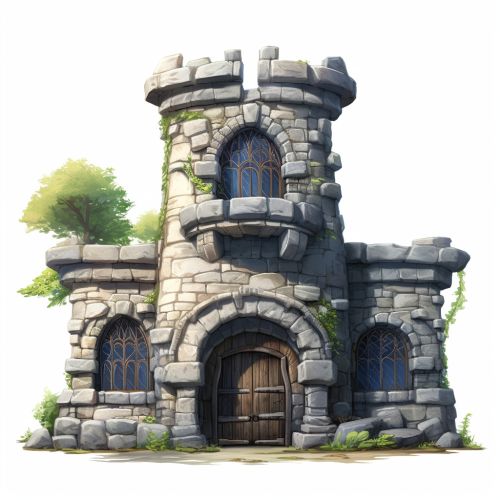

Steel and Glass Architecture
On the other hand, the advent of industrialization introduced steel and glass as popular materials in architecture. These materials allow for greater flexibility in design and have enabled the creation of skyscrapers and other modern structures.
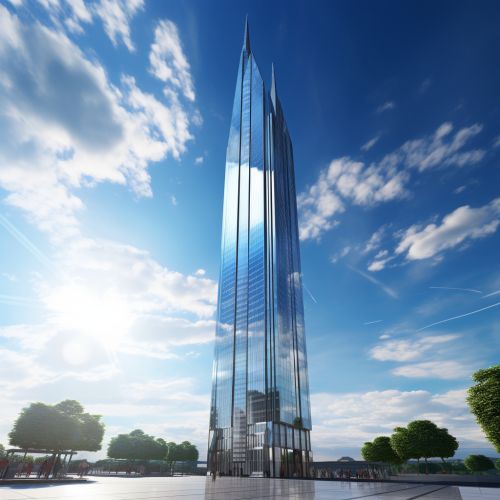
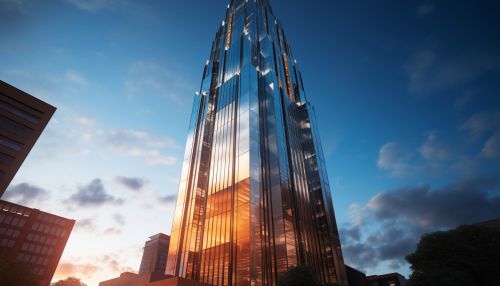
Form and Function in Architecture
The contrast in form and function in architecture represents the balance between aesthetics and utility in architectural design. While some structures prioritize form, others emphasize function.
Form-Focused Architecture
Form-focused architecture prioritizes aesthetics over utility. It is often characterized by unique and innovative designs that serve as a visual statement. Buildings like the Guggenheim Museum Bilbao and the Sydney Opera House are examples of form-focused architecture.
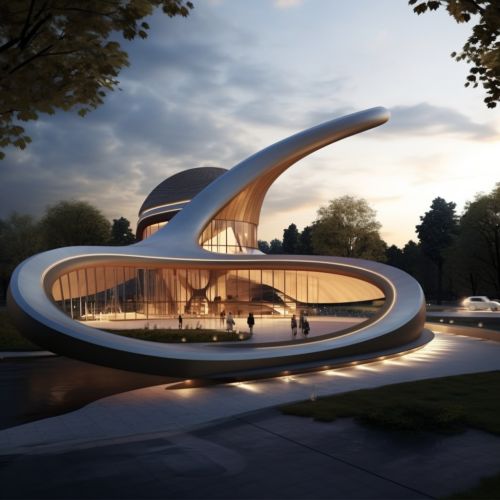
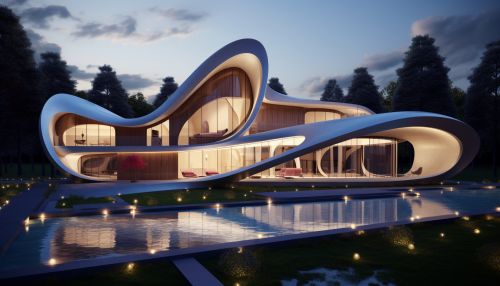
Function-Focused Architecture
In contrast, Function-focused architecture prioritizes utility over aesthetics. It is characterized by practical and efficient designs that serve specific purposes. Structures like the Centre Pompidou and the Lloyd's building exemplify this approach.


Conclusion
The contrasts in architecture, whether in styles, materials, or form and function, reflect the diversity and evolution of architectural practice. They highlight the dynamic interplay between culture, technology, and creativity in shaping our built environment.
